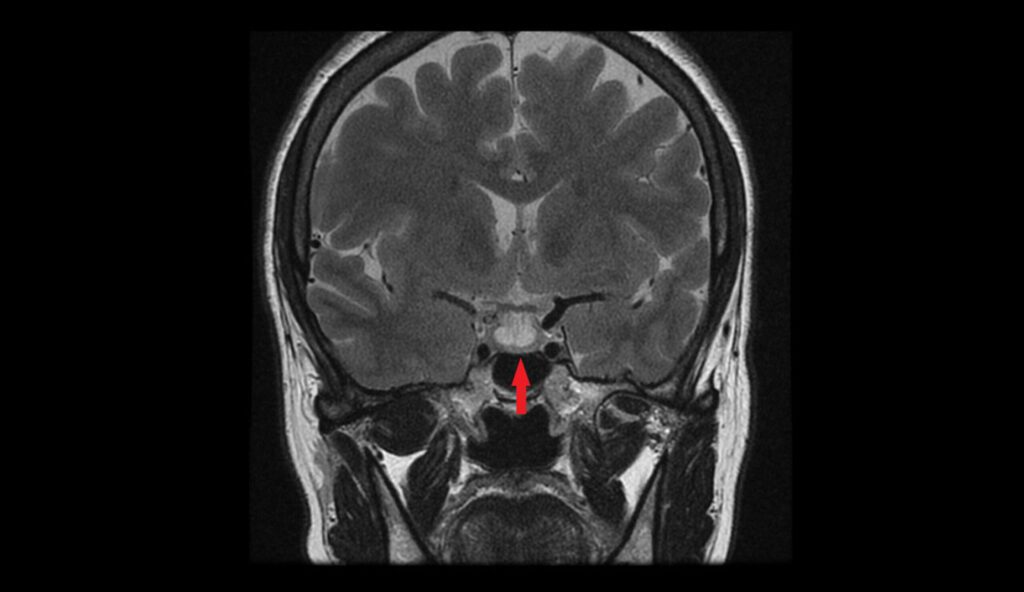
Probing Prolactin: When High Levels Raise Red Flags
We are excited to see so many of you join our FMEP courses. Several of...
0
We are excited to see so many of you join our fall FMEP courses. Several of you have requested we continue to post more practice SAMPs, so here you go!
Just a reminder… pay attention to the questions. Here are our general tips one more time:
1. Pay attention to the questions. Look carefully at how many items you are being asked to list. If the question asks for five items, you will not get more marks if you list eight items; the examiner will look at the first five and allocate marks only for the first five answers so be careful. On a SAMP, if it is not clearly stated how many items you should list, look at the amount of points/marks being allocated for the question to get an idea of how many answers the examiner may be anticipating you write down.
2. Do not write lengthy answers. Most questions can be answered in 10 words or less!
3. Be specific when writing down investigations (hemoglobin instead of CBC; CT abdomen instead of CT).
4. Remember that trade names and generic names are both acceptable when writing down medications.
5. For more helpful tips, you can refer to CCFP’s SAMP instructions by clicking here.
SAMP
Joanna Mavis is an 86 year old female who is brought in by her neighbour after she fell while gardening. She is complaining of excruciating pain in the middle of her back after the fall. Her medical history is significant for hypertension, diabetes, and hypothyroidism. Her medications include Perindopril, Amlodipine, Metformin, and Levothyroxine. She has smoked a pack for the past 50 years. She consumes 3-4 glasses of wine with her neighbour while playing bridge. She stays at home most of the time only occasionally stepping out into her garden to admire the roses.
Physical examination reveals BP 100/60, HR 70, and T 36°C. Height 171 cm. Weight 57 kg. She is alert and oriented x 3. The cardiorespiratory exam is unremarkable. You examine the spine and there is significant pain on palpation around the T8 region.
You order a thoracolumbar X-ray that demonstrates a vertebral fracture at T8. (11 points)
1. True or false: Vertebral fractures with a fall from standing height are consistent with a fragility fracture. (1 point)
2. List three classes of medication that increase the risk of vertebral fracture. (3 points)
3. List one endocrine cause that increases the risk of vertebral fractures. (1 point)
4. List three lifestyle factors that Ms. Mavis has that increase her risk of a vertebral fracture. (3 points)
5. List three conditions that increase the risk of malabsorption. (3 points)
Helpful Resources:
Fragility Fractures: Risk Factors and Management in the Elderly:
https://www.mdpi.com/1648-9144/57/10/1119
2010 clinical practice guidelines for the diagnosis and management of osteoporosis in Canada: summary:
https://www.cmaj.ca/content/182/17/1864
Guideline No. 422g: Menopause and Osteoporosis:
https://www.jogc.com/article/S1701-2163(21)00749-0/fulltext